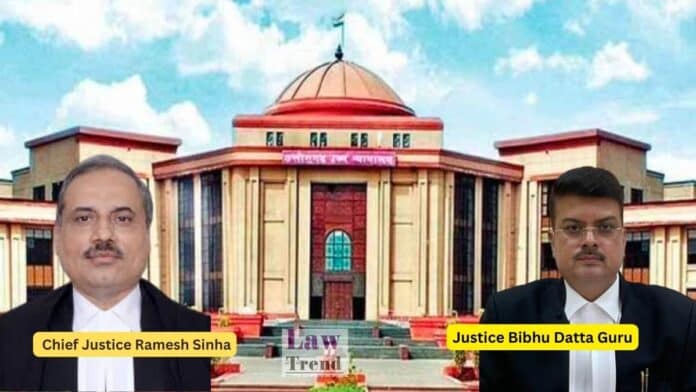The High Court of Chhattisgarh has dismissed an appeal filed by Shani Kumar Chauhan, upholding his conviction and sentence for the kidnapping and repeated rape of a minor girl. A Division Bench of Chief Justice Ramesh Sinha and Justice Bibhu Datta Guru held that the victim’s consistent and credible testimony, which qualified her as a
To Read More Please Subscribe to VIP Membership for Unlimited Access to All the Articles, Download Available Copies of Judgments/Order, Acess to Central/State Bare Acts, Advertisement Free Content, Access to More than 4000 Legal Drafts( Readymade Editable Formats of Suits, Petitions, Writs, Legal Notices, Divorce Petitions, 138 Notices, Bail Applications etc.) in Hindi and English.




